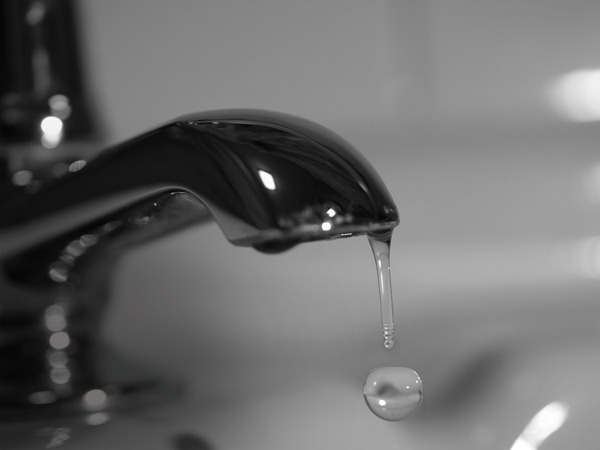Water services investment: A&L Goodbody
Alison Fanagan, Head of Environmental & Planning and Noeleen McHenry, Solicitor, Environmental & Planning consider the legal implications of transferring services from councils to Irish water.
Following the IMF-EU Programme and the Programme for Government 2011, the efficient, clean, and cost-effective delivery of water services is top of the agenda. Considerable investment is to be made over the next few years, to combat issues arising in water supply and treatment, such as leakages and poor water quality, and to facilitate the introduction of domestic water charges. Care will be needed, by both those procuring water services work, and those providing it, to ensure compliance with statutory obligations.
The statutory framework for the delivery of water services was consolidated and reformed by the Water Services Act 2007. In addition, certain other EU Directives, related statutory instruments and existing water pollution legislation are of relevance. The 2007 Act currently places responsibility for delivery of water services on water service authorities i.e. County Councils and City Councils, who have numerous functions including the supply of drinking water, the provision, operation and maintenance of sewers and waste water collection and treatment facilities, the construction and maintenance of water works or waste waterworks, and installation and maintenance of meters. If an agreement is entered into with any other person for the provision of water services, water services authorities are responsible for authorising, controlling, monitoring and supervising this provision. The 2007 Act expressly allows agreement with private contractors for water services provision. Tendering for the provision or maintenance of water and wastewater infrastructure requires an assessment not only of the obligations and powers set out in the 2007 Act, but also an understanding of the requirements of a number of EU Directives, in particular the Water Framework Directive. It is essential to be aware of the programme of measures set out in the relevant River Basin Management Plan prepared pursuant to the Water Framework Directive. Services must also be delivered in compliance with a number of other applicable statutory provisions which implement EU requirements, including in respect of surface water abstraction, drinking water quality, shellfish waters, habitats, nitrates and urban waste water treatment.
The transfer of responsibility to the new national body, Irish Water, will require the amendment of at least some of the above mentioned legislation. The nature of any such amendment will depend very much on how this transfer is to be structured. Will ownership of waste infrastructure be transferred to Irish Water? The 2007 Act currently prohibits the transfer of assets from water services authorities. Will Irish Water be given the power to acquire land? Who will hold the requisite abstraction licences? Further clarity should be obtained once the independent assessment on the establishment of Irish Water has concluded, currently estimated to happen by the end of 2011.
The installation of domestic water metering will also raise legal issues in addition to those in the 2007 Act, such as rules relating to public procurement, data protection, nuisance, and trespass.
In brief, it is clear that investment in infrastructure works is required to ensure the cost-efficient, secure supply of good quality water to ![]() households and the return of clean water to the environment. It is essential that all those involved in the process of delivering this essential resource to the public, both now and in the future, have a clear and accurate understanding of the applicable law.
households and the return of clean water to the environment. It is essential that all those involved in the process of delivering this essential resource to the public, both now and in the future, have a clear and accurate understanding of the applicable law.
 |
Alison Fanagan Head of Environmental & Planning Tel: +353 1 649 2432 Email: afanagan@algoodbody.com |
 |
Alan Roberts Partner, Environmental & Planning Tel: +353 1 649 2108 Email: aroberts@algoodbody.com |
 |
Noeleen McHenry Solicitor, Environmental & Planning Tel: +353 1 649 2959 Email: nmchenry@algoodbody.com |
 |
Jason Milne Solicitor, Environmental & Planning Tel: +353 1 649 2250 Email: jmilne@algoodbody.com |






